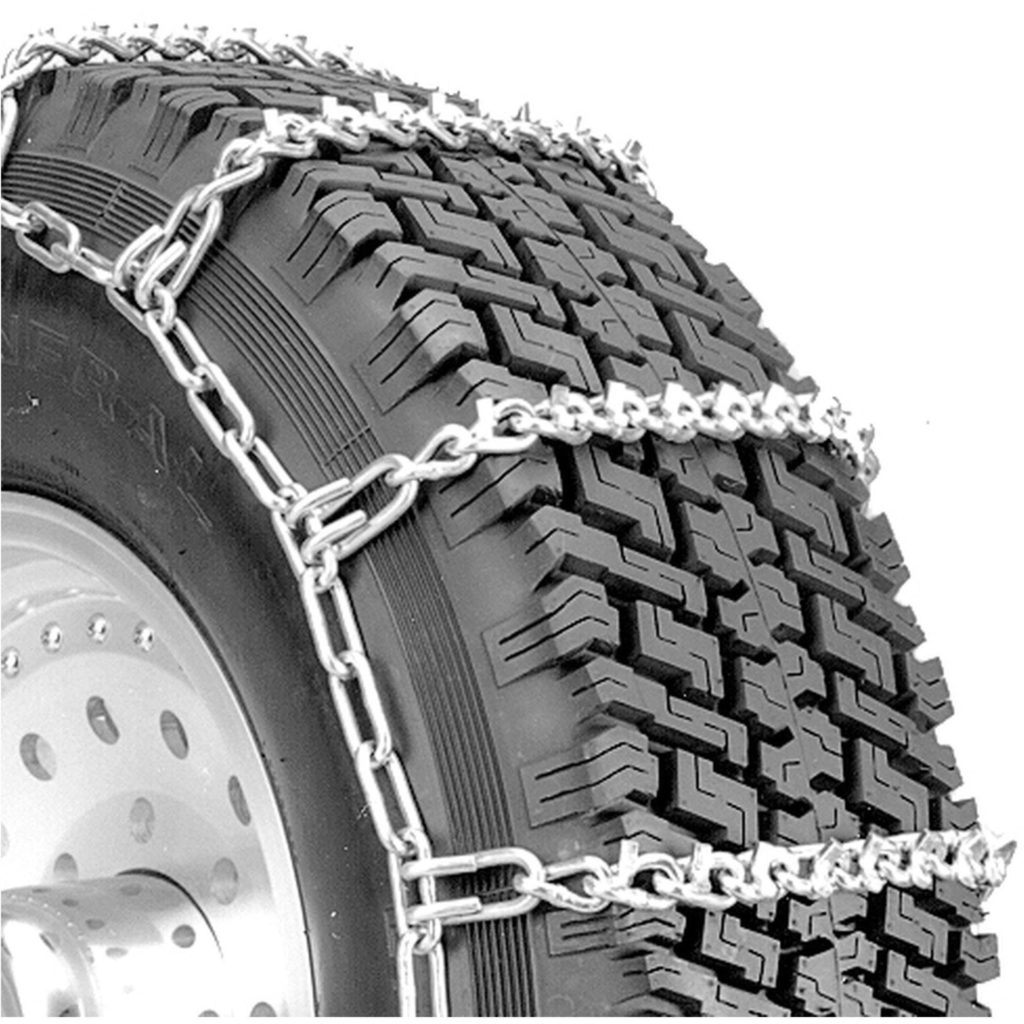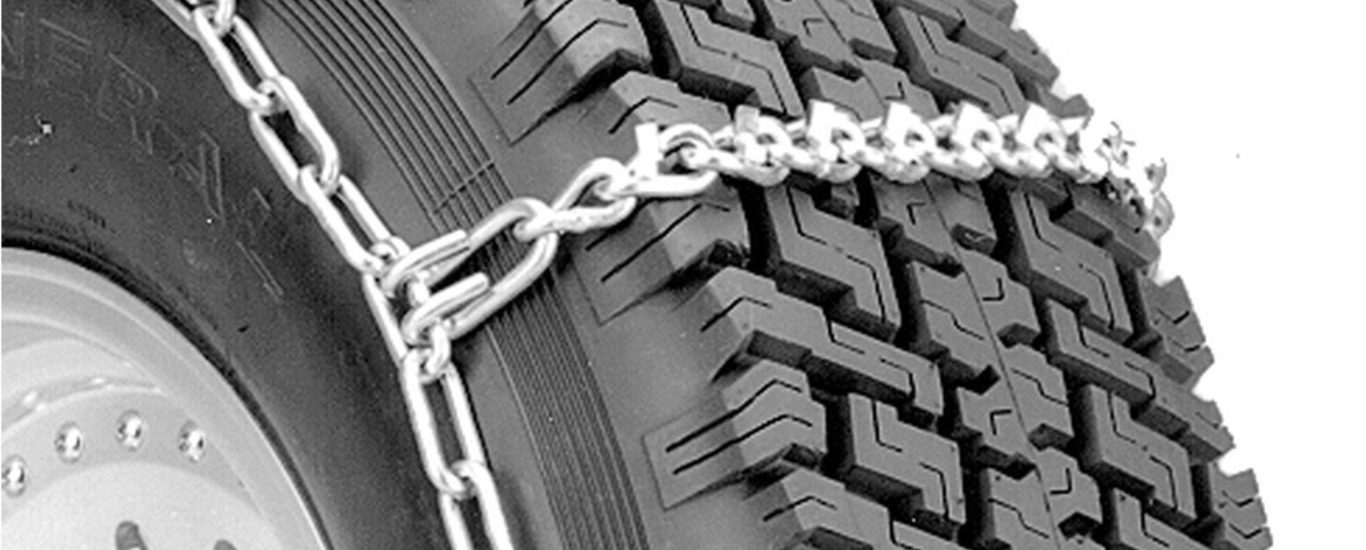
It’s that time of year again when, if the weather is right (or wrong, depending on your take), your car might need some fashionably functional footwear. Or what we like to call snow chains.
Please make sure you have the proper gear before you drive up the mountain. we have had a few people get stuck and block access.
It’s pretty simple if you don’t have chains and 4 wheel drive you will get stuck.
6 Simple Tips for Using Snow Chains
- Choose the right size chains for your tires. Not doing so could undermine performance or even damage your tires and chains.
- Practice installing them at home. This will make it easier and less stressful to put them on when it matters. And it’ll give you a chance to get the knack of tightening them down.
- Stop and fix a cross chain if it fails. Obviously, driving on broken chains can cause a loss of that much-needed traction.
- Don’t go over 30 mph. When you have chains on your vehicle, accelerate slowly and evenly and try to keep your speed low. And most important, don’t spin your tires.
- Be mindful of your driving habits. The way you drive can affect your chains, so be (extra) careful about locking the wheels when you brake, hitting curbs, or driving on bare pavement that’s not covered by snow or ice. All of this can prematurely wear down your chains (and could damage your tires too).
- Only use chains if you have to. If you have snow tires, chains might be unnecessary. Snow tires are designed with a deeper tread and rubber better adapted to cold weather (some even have studs). Depending on local requirements, you might be able to make do with snow tires alone.
